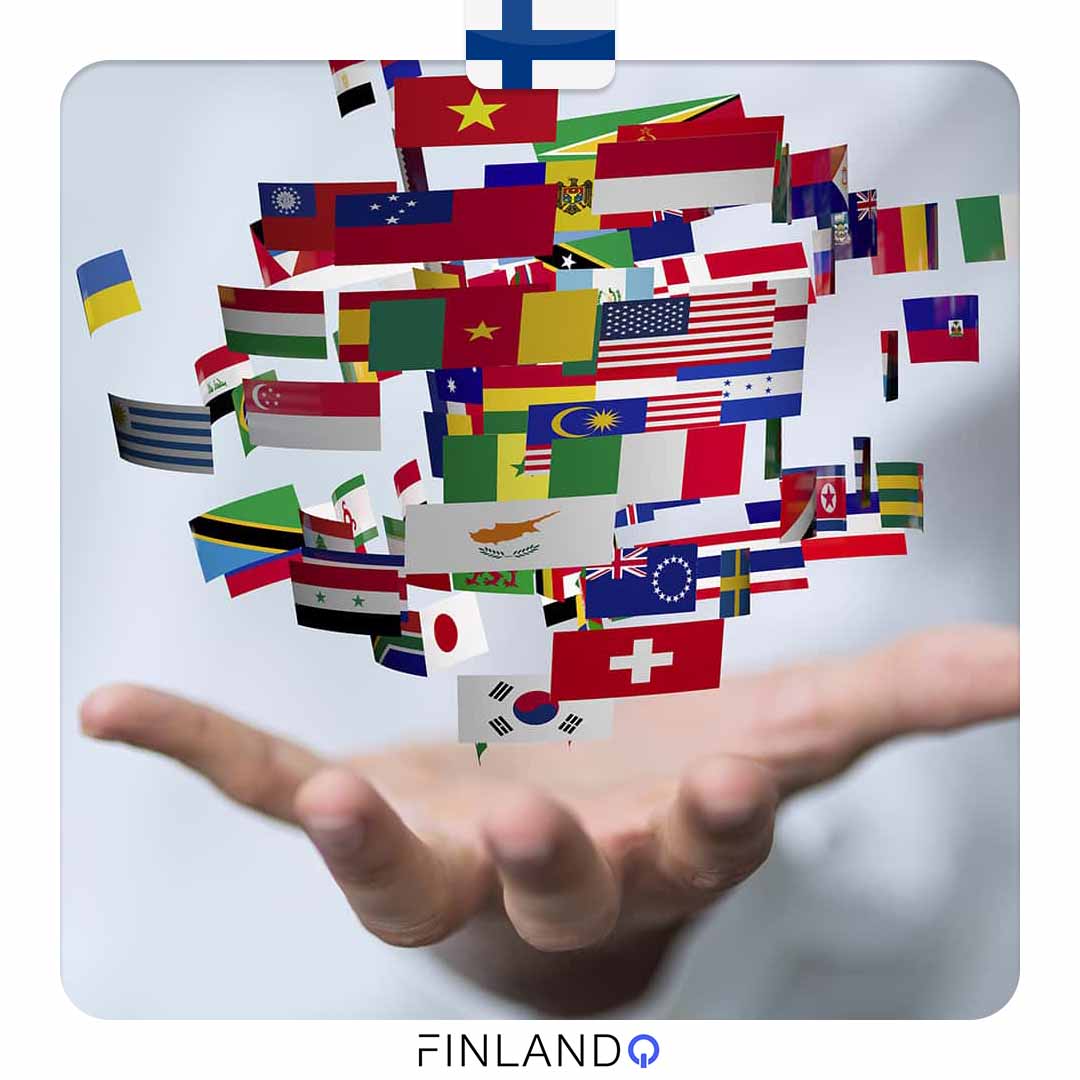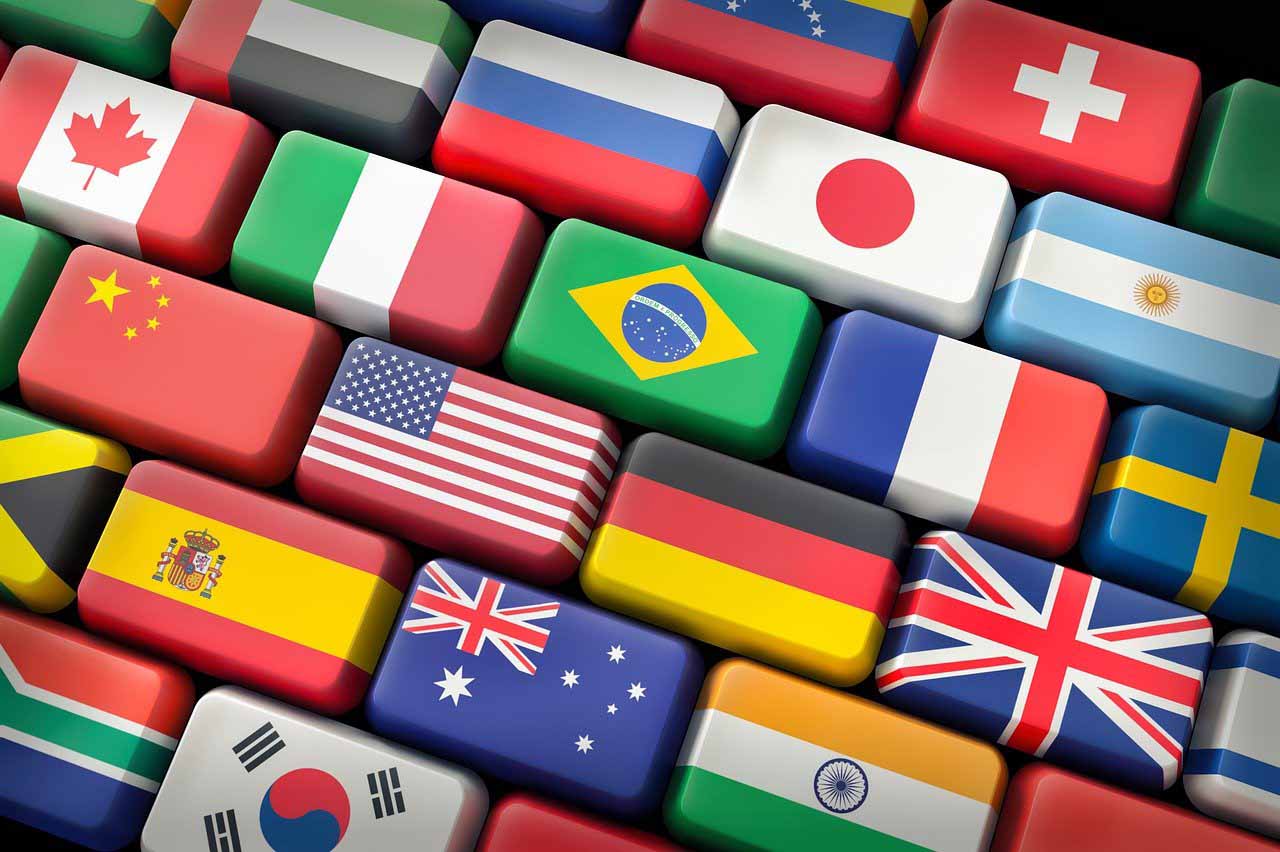In today’s world, there are more than 7,100 languages, with some spoken by millions of people and others used for smaller regions. English is introduced as a common language to connect with other countries. Some individuals are interested in learning more languages and exploring other options to enhance their knowledge. In this article, we intend to introduce the hardest languages in the world.
List of the Hardest Languages in the World
- Mandarin Chinese
We begin the list of the hardest languages in the world with Mandarin Chinese. This language is so complex and extensive that you might feel like you’re solving an endless puzzle! One of the major challenges of learning this language is its tonal nature. Let’s start by reviewing the difficulties of written Chinese. To master or read Chinese, you need to learn thousands of unique characters. If dealing with many characters isn’t a big challenge for you, you should also consider its grammatical and pronunciation challenges. Chinese grammar is very different from English and other languages. Without a specific sentence structure, you may face difficulties in constructing sentences. Even if these two major challenges don’t bother you, the presence of four hundred homophones and different tones can be confusing. Chinese is a language where having a private tutor for learning is better than using educational software.
- Arabic
Another one of the hardest languages in the world is Arabic, a Semitic language spoken by about 400 million people. Arabic is the official language of 26 different countries and holds significant cultural and historical importance. Still, due to the numerous dialects that can differ greatly in pronunciation, vocabulary, and grammar, learning it is challenging.
- Japanese
Without a doubt, Japanese holds a special place on this list. More than 128 million people worldwide speak Japanese, with the majority residing in Japan. An attractive feature of the Japanese language is its unique writing style that draws language learners in. Japanese has four writing forms: Kanji, Hiragana, Katakana, and Romaji.
Katakana is used for words borrowed from other languages, Hiragana is used for learning native Japanese words, and it’s the best way to learn the language. There’s another writing style called Romaji, where Japanese words are written with Latin letters. The most challenging aspect of Japanese is its unique grammar. Verbs are moved to the end of sentences, and mastering their combinations is not simple. While speaking this language, one must show great respect for culture and etiquette because choosing the wrong word can ruin a conversation.
- Korean
The next challenging language to learn is Korean, which, at first glance, may seem similar to Japanese or Chinese but is significantly different. Three things make learning the Korean language a challenge: grammar, homophones, and written phonetics. The grammar of Korean is quite different from English, and learning sentence structure, word combinations, and verbs can be a challenge.
Korean, like Japanese, has a specific system where vocabulary and verb forms change based on the status of the speaker and listener. Another challenging aspect, common to both languages, is homophones. Homophones are words that have the same pronunciation but different meanings. The Korean language is full of such homophones that look the same but have different meanings. The Korean writing system, Hangul, may seem similar to learning the letters of the English alphabet, but the language has unique and alien phonetics that require significant practice for mastery.

- Finnish
Finnish is known for its complex grammar and its harmonious vowel system. Additionally, you mustn’t forget the extensive and composite vocabulary of this language. Learning Finnish requires attention to various components, depending on the sentence structure and the context you want to express. Alongside the grammatical challenges, mastering the vowels and voiced consonants of this language is difficult and can only be achieved through practice. Finnish vocabulary loves to borrow words from other languages, but these words change so much in Finnish that you won’t recognize them due to unique grammar and pronunciation.
- Hungarian
Learning Hungarian can be challenging even for those who are determined to put in the effort. This language falls into the category of agglutinative languages, meaning most words are formed by attaching suffixes to a root word. The challenge doesn’t stop at complex grammar; its vocabulary is full of unfamiliar words as it’s unrelated to both Indo-European and Germanic languages. Additionally, Hungarian pronunciation is notably unique, and you’ll need to work on it for a long time.
- Basque
Basque is the official language of the Basque people who live in the northern part of Spain and the southwest of France. This language is written in the Latin alphabet, but it’s entirely different from any language you’ve encountered so far. Because this language has no connection to any living language in the world, learning it presents significant challenges. To learn the Basque language, you need to be patient and willing to learn everything from scratch.
- Icelandic
You may have heard that Icelandic is a challenging language, and it truly is. Icelandic is a branch of North Germanic languages and is classified under the Germanic language family. Icelandic has not undergone significant changes for many years and has preserved its ancient form. The heavy part of this language is its complex grammar. It has
four different cases for nouns, adjectives, and pronouns, each with its specific rules. On top of that, there are irregular verbs that you need to memorize.
If we put grammar aside, vocabulary in the Icelandic language is difficult to learn. Icelandic words are derived from Old Norse and include many complex and neologistic words that you need to get familiar with.
Learning the Icelandic language requires a lot of effort and perseverance. If you’re looking for a challenging and unique language learning experience, Icelandic might be the one.
In summary, learning any new language is a noble endeavor, and the challenges associated with each language can be rewarding. Choose the one that interests you the most, and with dedication and practice, you can achieve proficiency in even the most difficult languages.
- Polish Language
The next language on the list of the world’s hardest languages is Polish. This language is a branch of the Slavic languages and is part of the Indo-European language family. The most challenging part of learning the Polish language is its grammatical rules, which can be considered a prime example of a language’s complexity. With seven cases for nouns, adjectives, and pronouns, the ending of each word changes depending on its role in the sentence. Skipping over these issues, we come to verbs, which can have six different tenses. Polish boasts a plethora of unique sounds, forcing you to practice extensively to speak the language.
- Navajo Language
The Navajo language ranks at the top of the list of the world’s hardest languages. This language belongs to the Athabaskan languages (Native American languages of North America) and is spoken by approximately 170,000 people. Navajo grammar is like a puzzle in which prefixes and suffixes are attached to each other to form words. In the Navajo language, the intonation and stress on words can completely change their meaning. It’s interesting to note that during World War II, Allied forces used the Navajo language as a code because it was so difficult to learn, making it nearly impossible for the enemy to decipher the information.
While the Finnish language is also on this list, there’s no need to worry about learning it because we, the FinlandQ team, will be with you every step of the way in this process.












